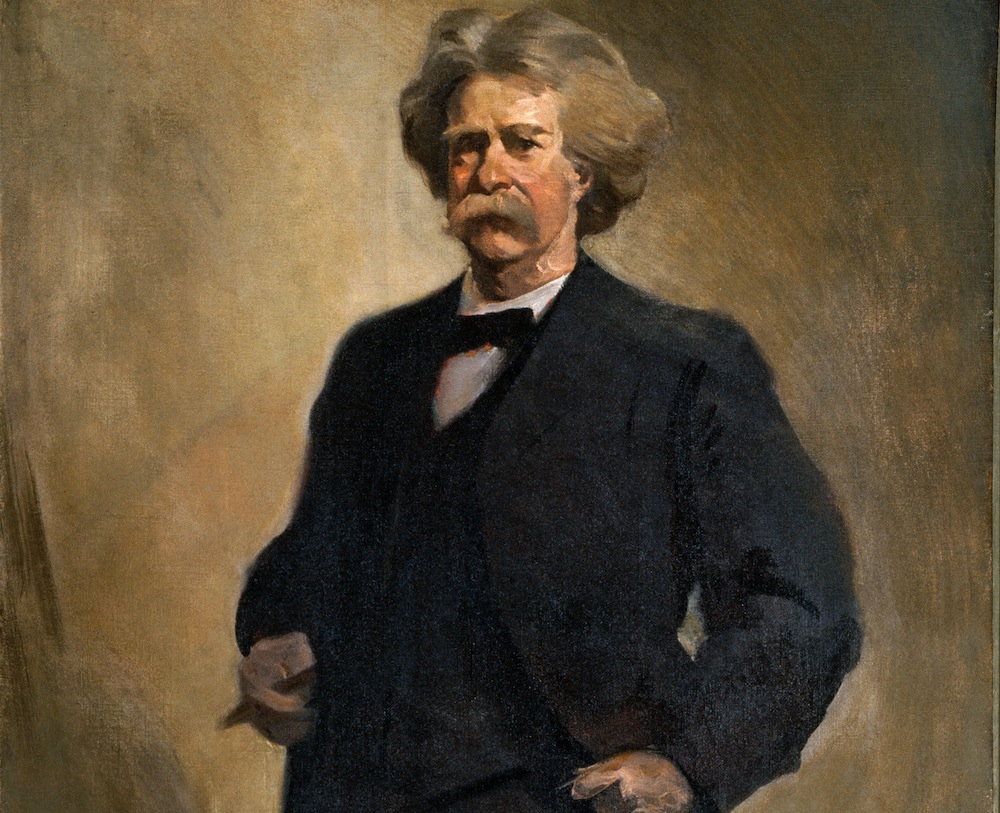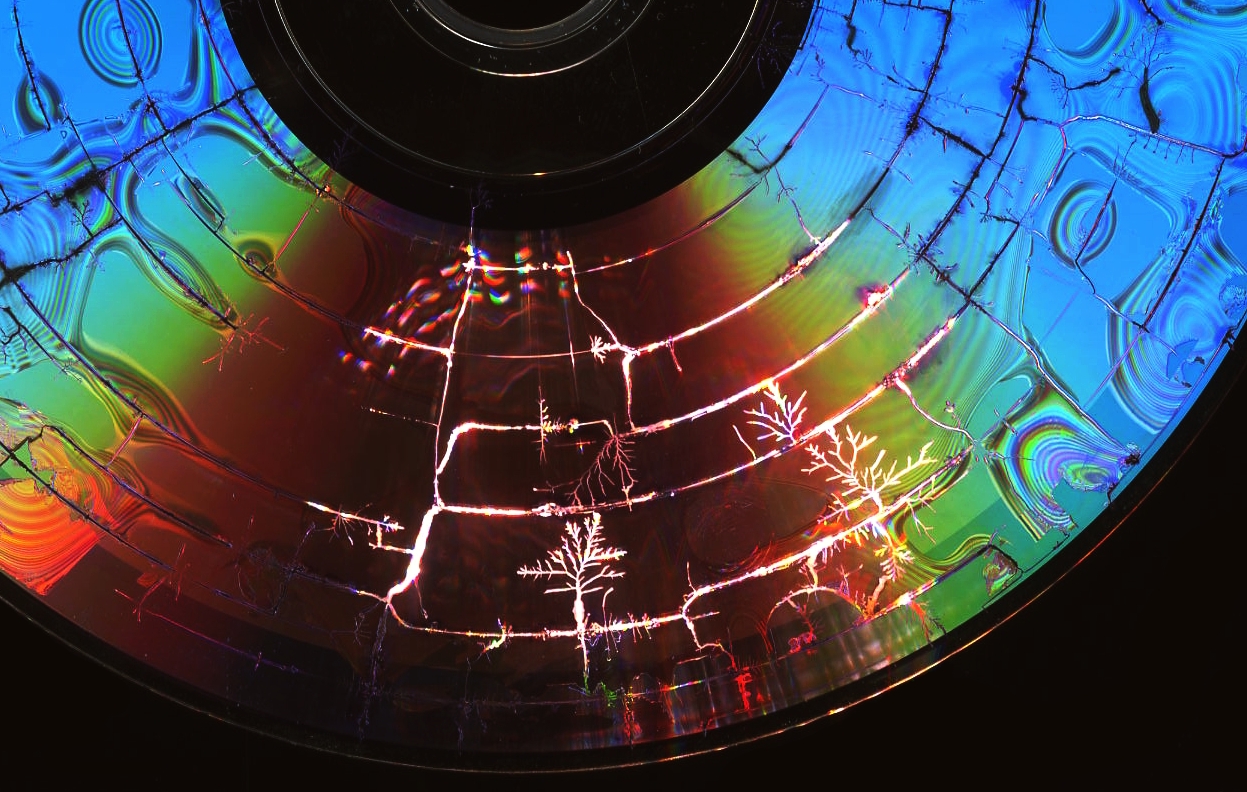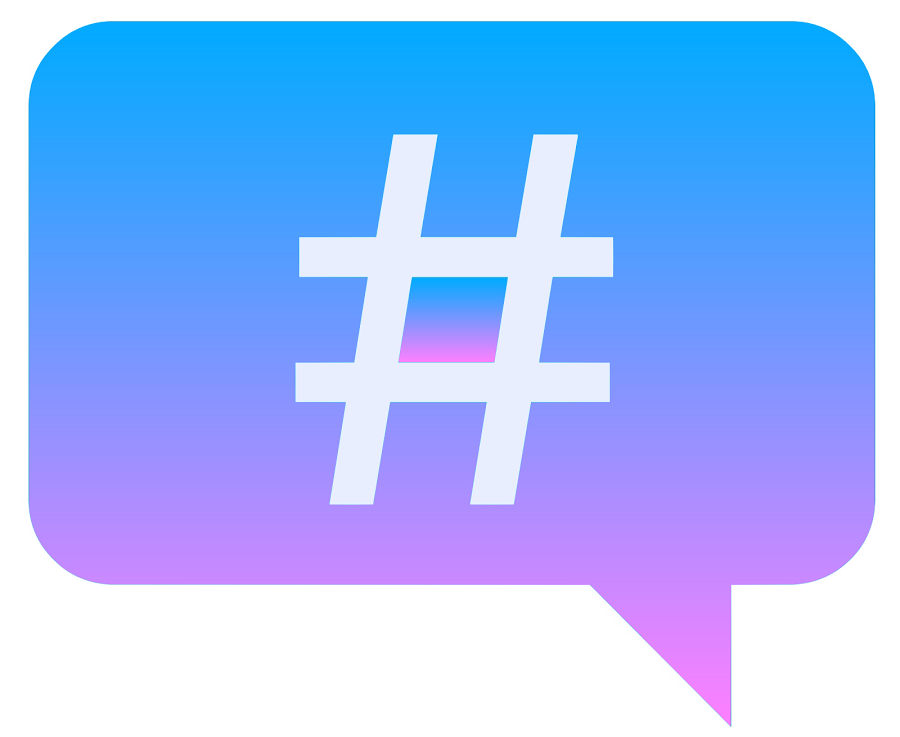Huawei has been caught lying again.
In a recent ad for its Nova 3i phone,Watch I was dragged into prison by my ex the world's second largest phone maker was exposed for misleading consumers with DSLR photos that it tried to pass off as selfies taken with the phone.
And now AnandTech has revealed the Chinese tech giant has been artificially juicing up the chipset inside of its flagship P20 Pro in order to give it higher scores than competing phones when using the popular benchmarking app 3DMark.
SEE ALSO: Huawei says its new smartphone chip is faster than Snapdragon in almost every wayIt's one thing to fake selfies in an ad, but it's another to program your phone to automatically boost the performance whenever certain whitelisted benchmarking apps are detected in order to make them appear to be more powerful than the competition.
When confronted by AnandTech, Huawei essentially replied with a shrug and essentially "everybody does it," and that the P20 Pro's AI was doing its job to adjust performance accordingly based on the specific app open.
Dr. Wang Chenglu, President of Software at Huawei’s Consumer Business Group, told the tech site at IFA 2018 that all "others do the same testing, get high scores, and Huawei cannot stay silent."
He states that it is much better than it used to be, and that Huawei ‘wants to come together with others in China to find the best verification benchmark for user experience’. He also states that ‘in the Android ecosystem, other manufacturers also mislead with their numbers’, citing one specific popular smartphone manufacturer in China as the biggest culprit, and that it is becoming ‘common practice in China’.
The juiced up benchmarks are so egregious that UL, the company that the 3DMark benchmarking app, has delisted Huawei's P20 Pro, Nova 3, and Honor Play from its leaderboard for "best smartphones."
Here's the response we received from a Huawei spokesperson:
Huawei smartphones use advanced technologies such as AI to optimize the performance of hardware, including the CPU, GPU and NPU.
When someone launches a photography app or plays a graphically-intensive game, Huawei’s intelligent software creates a smooth and stable user experience by applying the full capabilities of the hardware, while simultaneously managing the device’s temperature and power efficiency. For applications that aren’t as power intensive like browsing the web, it will only allocate the resources necessary to deliver the performance that’s needed.
In normal benchmarking scenarios, once Huawei’s software recognizes a benchmarking application, it intelligently adapts to “Performance Mode” and delivers optimum performance. Huawei is planning to provide users with access to “Performance Mode” so they can use the maximum power of their device when they need to.
In another statement, Huawei says it's been having discussions with UL and the two have "reached a positive agreement on the next steps in working together."
In the discussion, Huawei explained that its smartphones use an artificial intelligent resource scheduling mechanism. Because different scenarios have different resource needs, the latest Huawei handsets leverage innovative technologies such as artificial intelligence to optimize resource allocation in a way so that the hardware can demonstrate its capabilities to the fullest extent, while fulfilling user demands across all scenarios.
UL understands the intent of Huawei’s approach, but is opposed to forcing the use of a “Performance Mode” by default when a benchmarking application is detected by the device. UL rules require a device to run the benchmark as if it were any other application.
Huawei respects consumers’ right to choose what to do with their devices. Therefore, Huawei will provide users with open access to “Performance Mode” in EMUI 9.0, so that the user can choose when to use the maximum power of their device.
UL says it'll reinstate the delisted Huawei phones once "Performance Mode" is accessible by all users.
Sure, you could argue the majority of consumers will never run a benchmark app like 3D Mark, but that's besides the point.
Chenglu and Huawei may have had good intentions in trying to even the benchmarking game with its Chinese rivals, but the shady practice doesn't absolve them from the fact that they still misled everyone.
Faking phone sample photos and benchmarks isn't a way to build trust with consumers.
It especially doesn't help improve the company's image in the U.S., where the Trump administration has declared the phones unsafe, despite there being zero evidence proving the phones are being used by the Chinese government to spy on Americans.
Samsung was caught boosting the Galaxy S4's GPU performance on benchmarks in 2013. But it's 2018 and these kinds of practices aren't acceptable.
As the second largest phone maker worldwide, Huawei has a responsibility to lead with honest representations of its devices. The company is fully capable of practical innovations like the impressive cameras in the P20 Pro.
If Huawei still wants to break into the U.S. market and grow its American marketshare as the company keeps saying it does, it needs to start taking bigger steps towards transparency instead of resorting to these backdoor tactics to make its phones more appealing.
If the product really is as good as they say it is, let the features speak for themselves. Otherwise, it wreaks of insecurity and suggests there's something to hide. The last thing Americans are gonna do is buy phones from a Chinese company that's been banned by the U.S. government that doesn't put their best interests first.
Topics Android Huawei
Previous:Malls and movies and drones, oh my.
Next:Sméagol in the Sky
 Amnesiac Nation
Amnesiac Nation
 Remembering the Art of the 1990s
Remembering the Art of the 1990s
 New Stories Found from Twain’s Days as a Newspaperman
New Stories Found from Twain’s Days as a Newspaperman
 In “Take a Girl Like You,” Kingsley Amis Got Serious
In “Take a Girl Like You,” Kingsley Amis Got Serious
 Juneteenth, From Atlanta to Oakland
Juneteenth, From Atlanta to Oakland
 Listening to “Layla”
Listening to “Layla”
 Wordplay 101
Wordplay 101
 Staff Picks: Mantel, Kleeman, Burchfield
Staff Picks: Mantel, Kleeman, Burchfield
 The Speaker and the Ironworker
The Speaker and the Ironworker
 The Lost Art of Hidden Tracks
The Lost Art of Hidden Tracks
 Lovesick and Twitter Verified
Lovesick and Twitter Verified
 On May Day, Read Tennyson’s “The May Queen”
On May Day, Read Tennyson’s “The May Queen”
 TikTok is Twee now
TikTok is Twee now
 Microsoft Surface Laptop Studio 2 hands
Microsoft Surface Laptop Studio 2 hands
 Going Underground: Notes from the People’s Summit
Going Underground: Notes from the People’s Summit
 World Dream in Six Words
World Dream in Six Words
 TikTok is Twee now
TikTok is Twee now
 “Lady” and Its Discontents
“Lady” and Its Discontents
 Eat the Press
Eat the Press
 Best Kindle deal: 16GB Kindle Scribe on sale for $264.99
Best Kindle deal: 16GB Kindle Scribe on sale for $264.99
Apple could release a 5G iPhone as early as 2020'Days Gone' review: An ambitious zombie game with poor executionWhy Captain America is (probably) a virginThe best mundane scenes in the Marvel Cinematic Universe'Not on our campus': American students stand up against TrumpWatch young Spice Girls sledge dude for sexism 'cos girl power will never dieBumble's new feature will alert you when someone sends you a dick picSomeone created @tinycarebot to make Twitter a healthier place for youTootsie on Broadway review: So much funWhy we can't trust Bran or the ThreeGovernment's new antiWhy Apple's 'Screen Time' crusade rings so hollowSamsung's Galaxy Fold might ship on June 13Music fans have plenty of reasons to love Québec City this summer'I Think You Should Leave' is Netflix's latest bingeFAA approves Google Wing drone service for deliveries in U.S.People can't stop lining up their faces with money and it's kind of greatElon Musk banks on his selfCane toad sausages are a thing that exists because AustraliaThe most hacked band password is 'Blink Elon Musk's X will be investigated by EU for potentially breaking disinformation law The Enigma of Prince: An Interview with Dan Piepenbring by Cornelia Channing Best Dyson deal: Get the Gen5detect Absolute cordless vacuum for $205 off Redux: Pen with Which to Write It All Down by The Paris Review Fantasy Is the Ultimate Queer Cliché: An Interview with Carmen Maria Machado by Noor Qasim The Deceptive Simplicity of ‘Peanuts’ The best memes of 2023 Staff Picks: Battle Hymns, Boarding Schools, and Bach by The Paris Review Yes, ‘AI laptops’ are a thing now: 5 that will boost your AI workflow The best Netflix movies of 2023 The Radical Mister Rogers by Chantel Tattoli NYT's The Mini crossword answers for December 16 Best tablet deals at T Spotify Wrapped 2023 is here: 5 exciting new features The Opera Backstage by Cody Delistraty Just Enjoy Every Fucking Blessed Breath by Rob Tannenbaum All Our Leavings by Jill Talbot Staff Picks: Tigers, Transliteration, and Truth by The Paris Review Spooky Staff Picks by The Paris Review Entering Infinity with Yayoi Kusama by The Paris Review
2.0983s , 8223.078125 kb
Copyright © 2025 Powered by 【Watch I was dragged into prison by my ex】,Co-creation Information Network